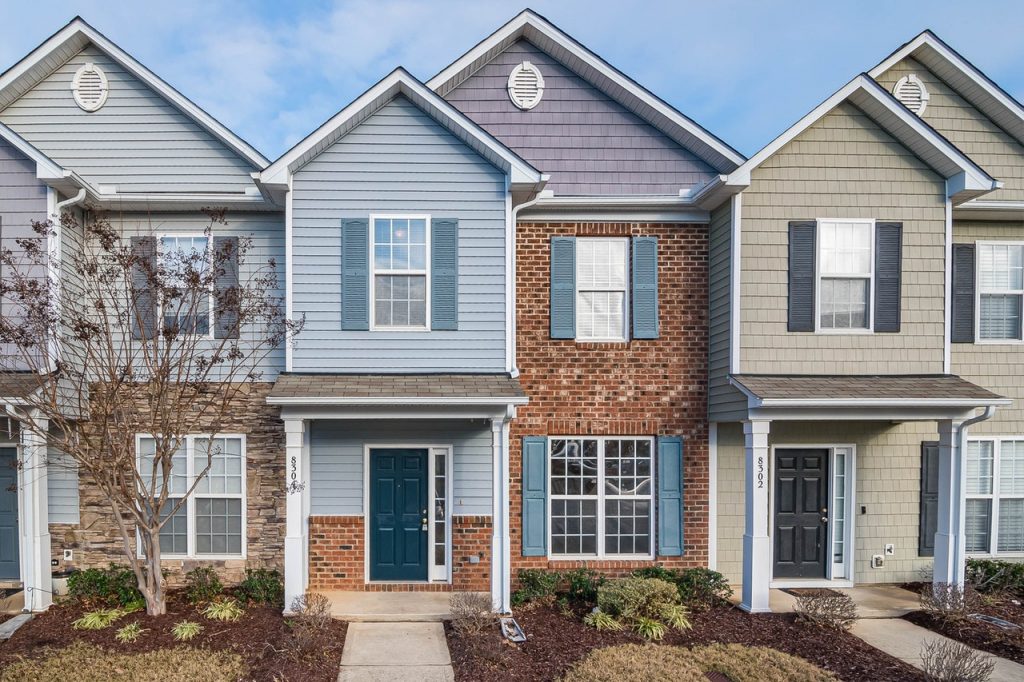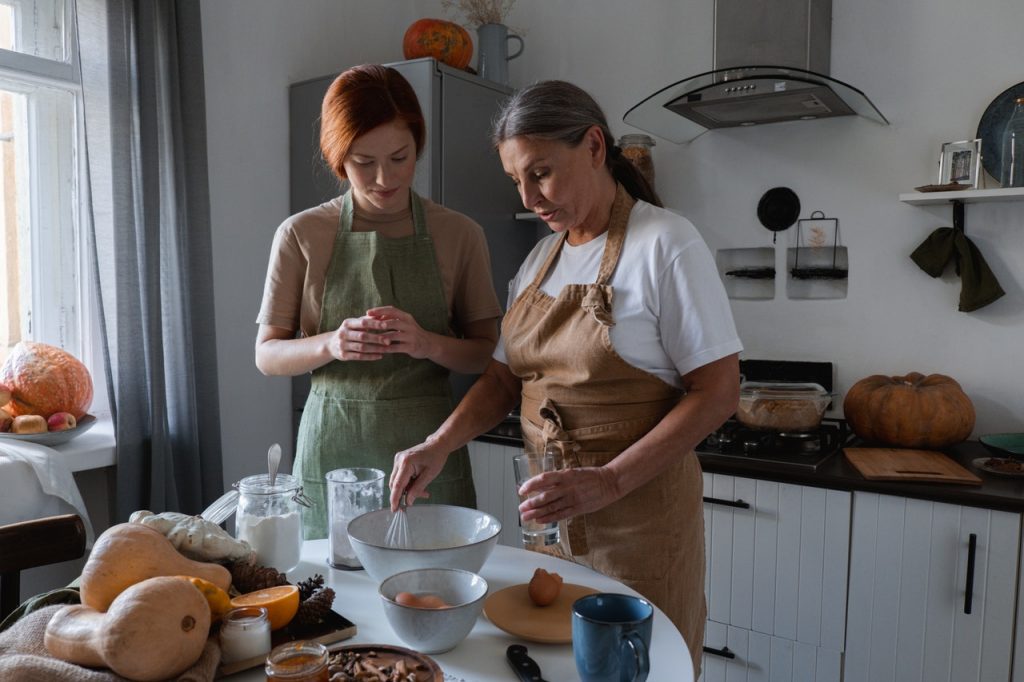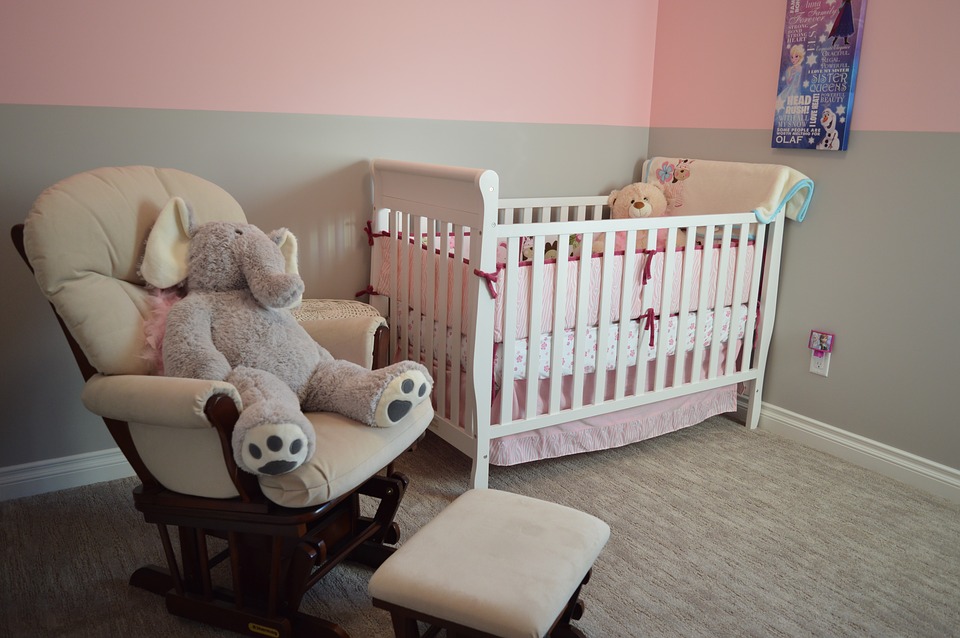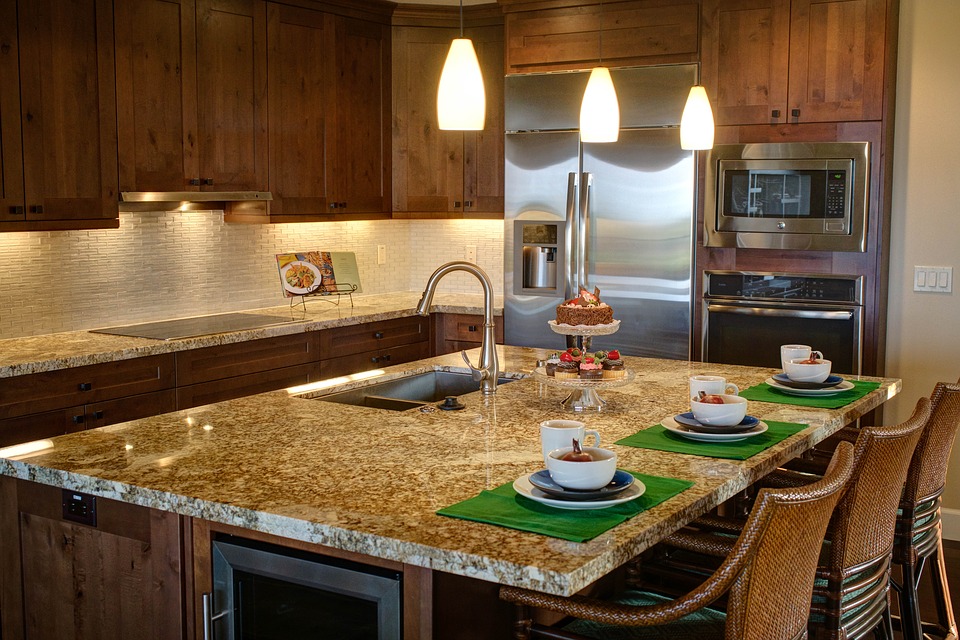Awning windows are an excellent option for homes that need extra ventilation. They’re also a good choice in areas that experience a lot of rainfall, as you can open the window to allow the water to run out. Typical awning windows are hinged at the top and open outwards, making them a good pick for […]
Category: Home living

Design Fire: Architectural design tips for a safe, homely house
Coming home from a long day at work, or running around after the kids, to a house that feels like a dream home is a feeling unmatched. Fortunately, your daily sigh of relief as you slip into your comfort space can be achieved through safe and strategic architectural engineering design https://thedesignfire.co.nz/. So, while the building […]

Is a beech worktop right for your kitchen? Your top 5 FAQs about beech answered
When you are deciding to refurbish your kitchen and have chosen to use a wooden worktop, you will probably have a few questions. Of course, the primary queries will probably revolve around cost, but when it comes to choosing the perfect wooden worktop, there is a compare and contrast exercise that needs to be undertaken, […]

Looking for family solicitors in Portsmouth
Being in a family environment can prove difficult at times, there are periods where the pressure may seem never ending and there may be other times that require legal intervention. This means that you will need to search forfamily solicitors Portsmouth who are ready and able to help you and your family. When looking for […]

A kitchen for the ages with an oak worktop
England was built on oak, they say. Being the national emblem of the country, it is a very symbolic and patriotic element to bring into the home, but the history of this 300,000-year-old wood aside, there is so much more that it can bring into a kitchen. An oak worktop in the UK has been […]

What are the benefits of an electric recliner chair?
Sometimes getting in and out of your chair when you have stiff joints can be a difficulty. There are, however, solutions out there that can help to relieve you of those pains and take the pressure off a little bit.

5 Home Improvements That Will Boost Your Equity
Boosting your home’s equity is all about giving prospective buyers what they want in a property. As culture shifts throughout time, the importance of certain design elements shifts as well.

Cooking and Cleaning Tips: Renovating In and Around Your Kitchen
If you spend a lot of time cooking, then you know how important it is to have the best available area in your kitchen and then by extension in your dining area. If you feel like your kitchen area isn’t as good as you want, or maybe that the energy and there is static, it […]

5 Ways To Make Your House More Energy Efficient
Energy efficiency is more important now than ever before in history. Our Earth’s resources are being extinguished at a rapid rate, and a radical change is needed to maintain a sense of homeostasis on the planet.

How investing in new windows can save your family money
No, really, investing in new windows can save you money in the long run. The average home can lose a third of its heat through poor windows, regardless of the season! Those cold drafts that you feel during winter are still there – they’re just far less noticeable during the warmer summer months. And that […]